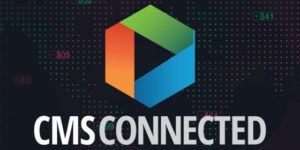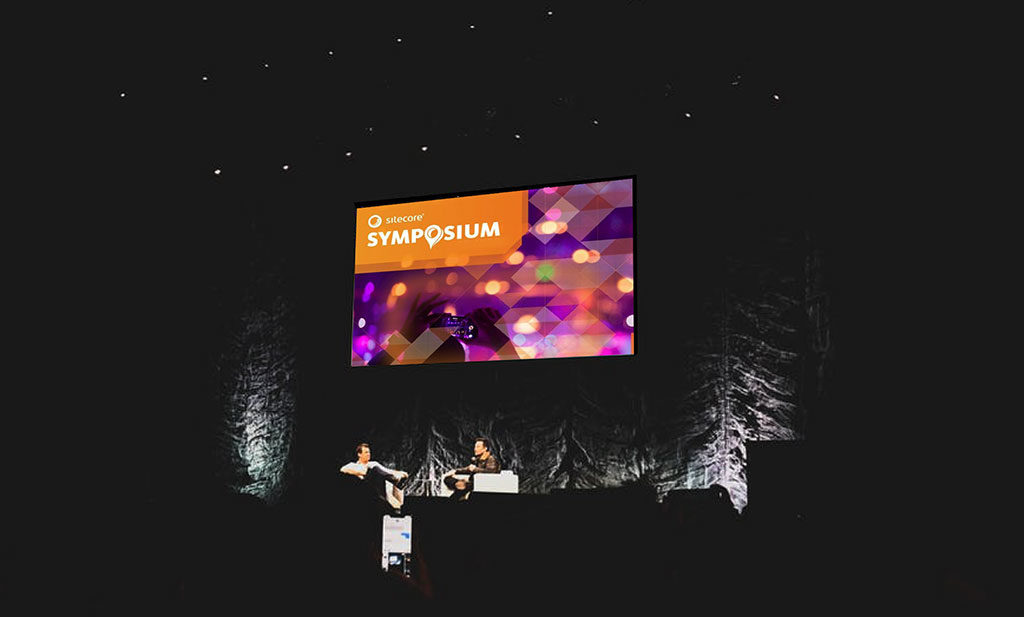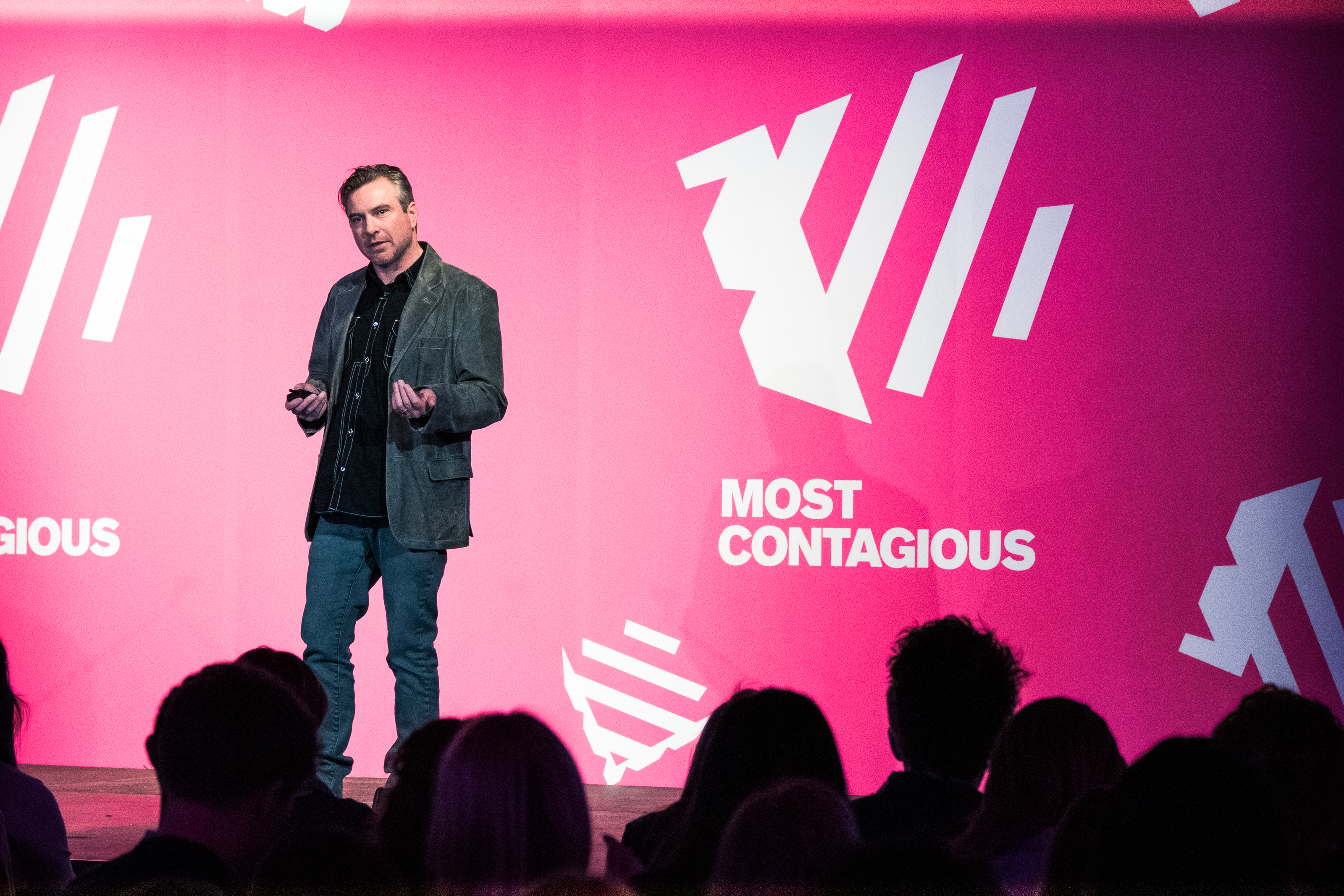
Hero Digital, an independent customer experience agency, is one of the many technology partners that utilize the Sitecore platform for their digital experience. In a recent acquisition with Clock Four, a leader in customer experience strategy, Hero Digital will be adding another major accomplishment to their impressive growth they’ve had year over year, primarily strengthening their work in the financial services and B2B space.
“We’re thrilled to welcome Clock Four to the Hero Digital team and continue to drive success into 2019,” said CEO of Hero Digital, Dave Kilimnik, and added “Clock Four’s deep expertise and relationships in the consumer financial and B2B technology sectors will strengthen and expand our practices in these rapidly evolving industries. Together we are committed to delivering impactful results and solving our clients’ largest customer experience challenges.”
This year, at Sitecore Symposium 2018, we had the opportunity to sit down with two executives from Hero Digital, Kristine Stebbins, Managing Director and Tony Rems, CTO. In the interviews below, we discuss not only the important considerations for companies looking to utilize Sitecore and Salesforce following the announcement of their partnership at the event, but also how to get the most value and most importantly, how customers can start utilizing Sitecore capabilities such as their analytics and more.
Kristine Stebbins, Managing Director
Besides the many announcements that were released at Sitecore Symposium 2018, including their acquisition of the Stylelabs platform, there was also the announcement of the expanded relationship with Salesforce. The partnership includes bi-directional data integration between Sitecore Experience Cloud and Salesforce Marketing Cloud.
We were excited to speak with Kristine Stebbins, Managing Director at Hero Digital to hear her thoughts of the two powerful technologies coming together and the companies looking to utilize Salesforce and Sitecore. Having said that, Kristine brought up a great point that companies still need to think of the implications, key considerations and to “help client and marketers in particular get some practical understanding considerations around when you start to put these two platforms of Sitecore and Salesforce, how do you think about it? What kinds of decisions do you make, what kind of data do you keep in Sitecore, what do you move into the Salesforce Marketing Cloud, how does that then connect in Salesforce CRM? So it can get really complicated really quickly.”
Last year, Kristine held a session on “Why Aren’t You Using Sitecore Analytics” which she re-did this year because of the popularity and positive feedback she received. In her session, she shares creative ways to combine the power of Sitecore Analytics with Google Analytics. “One of the more powerful things in the Sitecore platform is the analytics. It’s being able to capture all that data, analyze it, make decisions, do personalization with it” says Kristine, but added that the real question is “what is going to be your system of record for what data?”
Tony Rems, Chief Technology Officer
Next, we had the chance to sit down with Tony Rems, CTO at Hero Digital and with his deep knowledge and expertise in DAM (digital asset management), we were curious to hear his thoughts on the Salesforce and Sitecore relationship and the value that Sitecore customers can benefit from now having a DAM implementation. “It’s been an ongoing frustration for Sitecore customers that Sitecore didn’t have a DAM” said Tony and added “but also from a customer perspective, there’s such a huge amount of value to be extracted from DAM that not having one and really not even having a great partner ecosystem for DAM has just been a challenge.”
Tony also held a session on “Driving Digital Marketing Maturity and Customer Experience with Sitecore and Salesforce” to discuss how companies can combine the two to take their customer experiences to the next level. “When you think about what we’re personalizing and the kinds of applications that are being created today, they’re not just websites anymore, it’s rare that it’s just a website, people want self-service, everybody wants subscription revenue and recurring revenue so we create these self-service applications on top of just the websites.”
The types of experiences that customers have or need to create a very personalized experience with the data that is available to us is really important and Tony gives a great example of how the customer journey should look like when using personalization: “being able to understand the kind of buying behaviors and the way people think about information and the way people buy and use that to drive content and to drive offers and to drive promotions and then to drive that into the email channel and then personalize the email to bring people back into the site and kind of close the loop on all of our communications is incredibly powerful” says Tony. “Everything that is involved in the customer journey really should be personalized.”
Ending Notes
Creating customer experiences that has them wanting more is easier said than done. Once a brand has managed to capture their attention, it has a pretty narrow window in which to further engage with them. Almost every brand gets a chance to either make a splash or mar their business.
The challenge for marketers is all the offers and opportunities that are thrown at them but it’s up to the marketer to decide which ones are meaningful and which ones hold the most value and as Tony says above, “the experiences that are memorable are the ones that are relevant.”
—
Read about our CX strategy services or contact us to get started.







